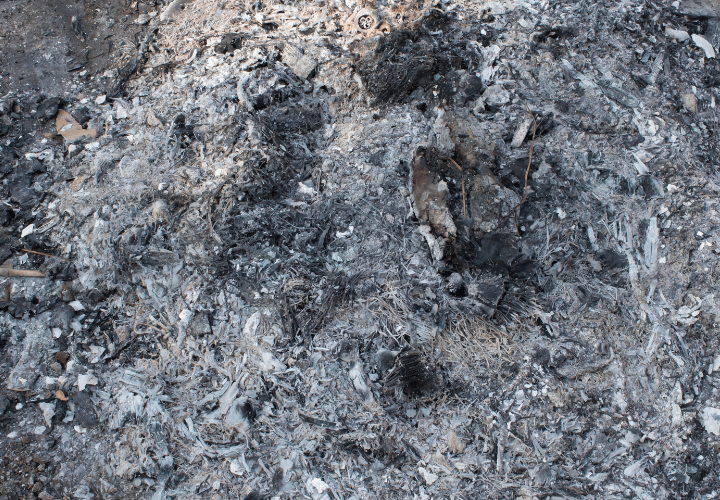Industrial ash disposal is a critical aspect of waste management for numerous industries, encompassing power generation, manufacturing, and more. As the global focus on environmental sustainability intensifies, finding efficient and eco-friendly methods for handling industrial ash has become imperative. In this blog post, we will explore the challenges associated with industrial ash disposal, examine current practices, and delve into emerging sustainable solutions that promise to reshape the landscape of this crucial environmental concern.
Understanding Industrial Ash
Industrial ash is a byproduct generated from various combustion processes, including the burning of coal, biomass, and municipal solid waste. This residue consists of inorganic materials such as ash, dust, and other particulate matter that are left behind after the combustion of organic substances. Managing industrial ash is particularly crucial in sectors like power generation, where coal combustion has been a traditional source of energy but has also led to significant environmental challenges.
Challenges in Industrial Ash Disposal
- Environmental Impact:
Improper disposal of industrial ash can lead to severe environmental consequences. The release of harmful substances such as heavy metals and toxins from ash into soil and water poses a threat to ecosystems and public health. - Land Use and Space Constraints:
The sheer volume of industrial ash generated poses challenges related to land use and space constraints for disposal sites. Traditional methods such as landfilling demand extensive land, and finding suitable areas for disposal becomes increasingly challenging in densely populated regions. - Regulatory Compliance:
Stringent environmental regulations and standards necessitate that industries adhere to responsible disposal practices. Failure to comply with these regulations not only leads to legal repercussions but also damages a company’s reputation.
Current Practices in Industrial Ash Disposal
- Landfilling:
Historically, landfilling has been a common method for industrial ash disposal. However, this practice is falling out of favor due to its environmental impact and space constraints. - Pond Storage:
Some industries utilize ponds to store industrial ash, allowing for the settling of particles before water is released. However, this method raises concerns about potential water contamination and the risk of dam failure. - Recycling and Beneficial Reuse:
An increasingly popular approach is recycling industrial ash for beneficial reuse. This can include using ash as a construction material, in road construction, or as a component in the manufacturing of products like concrete. Recycling not only reduces the environmental impact but also adds economic value to the waste material.
Emerging Sustainable Solutions
- Advanced Filtration Technologies:
Implementing advanced filtration technologies during combustion processes can significantly reduce the amount of particulate matter in industrial ash. This not only enhances the quality of ash for potential reuse but also minimizes the environmental impact. - Thermal Treatment and Conversion:
Thermal treatment methods, such as vitrification and plasma gasification, offer innovative ways to convert industrial ash into inert glass-like materials. These technologies reduce the volume of ash and eliminate the release of harmful pollutants. - Carbon Capture and Utilization (CCU):
Carbon capture technologies are evolving to capture CO2 emissions from combustion processes, contributing to cleaner energy production. Additionally, captured carbon can be utilized in various industrial processes, reducing the overall environmental footprint. - Bioenergy with Carbon Capture and Storage (BECCS):
BECCS involves using biomass as a fuel source, capturing the emitted CO2 during combustion, and storing it underground. This process not only generates renewable energy but also actively removes carbon from the atmosphere.
The challenges associated with industrial ash disposal demand a paradigm shift towards sustainable solutions. From advanced filtration technologies and thermal treatments to carbon capture and beneficial reuse, industries are exploring a range of innovative methods to address this environmental concern. As we navigate toward a cleaner and more sustainable future, the integration of these technologies will play a pivotal role in minimizing the environmental impact of industrial ash disposal, ensuring responsible waste management, and contributing to a healthier planet for future generations.
